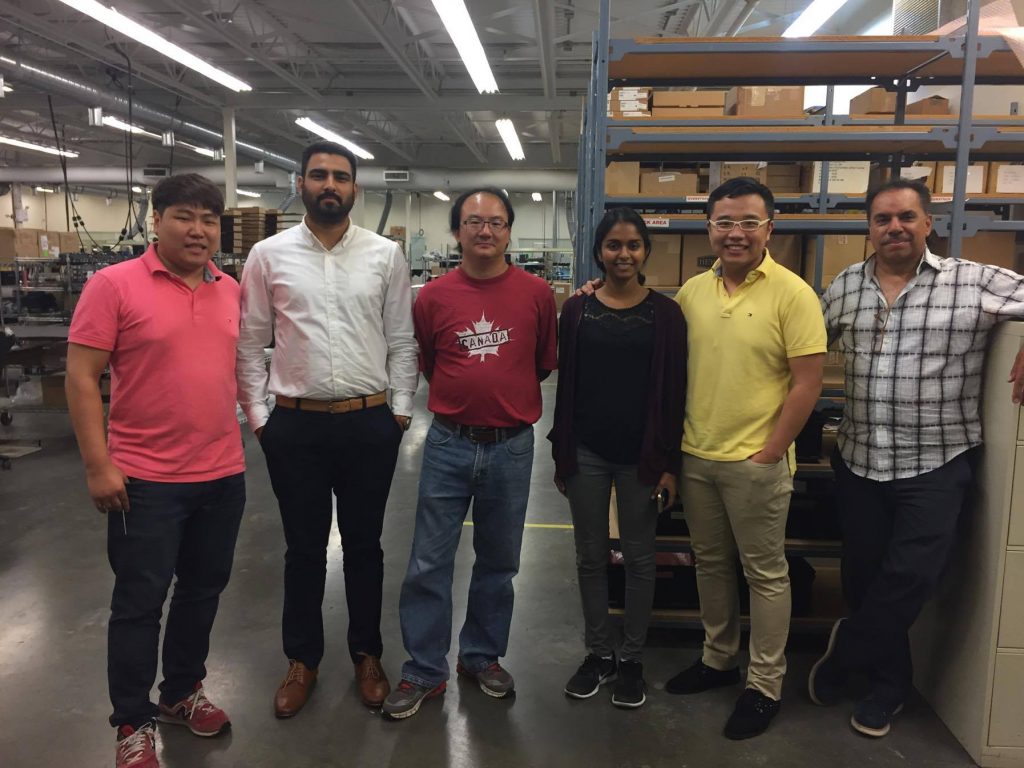Hi, how are all of you doing in Term 2? There is only one more month before the end of classes! This is my last semester at UBC and I know it will be a busy one because I am planning for life after graduation, and working away on my Capstone project. You can read more about what a Capstone Design project is here.
Let me tell you a bit about the scope of my project, before giving you some tips for success in Capstone. I am working in a team of five members. We are doing a system design of a gas turbine engine based on an existing automotive turbocharger for Professor Pat Kirchen. The purpose of our project is to demonstrate the working concept of the Brayton Cycle for potential use in undergraduate MECH courses related to thermodynamics. As a Thermofluids student, I enjoy the nature of my project as it requires integration of some mechanical design, thermodynamics, heat transfer, and instrumentation. The challenge is learning, testing, and completing this project within the timeline of Capstone while balancing a full year of courses.
If you are a future fourth year engineering student, these might be some things to watch out for and do that will make your Capstone experience more enjoyable:
- Choose a project with topic(s) that you are truly excited about. Your team and you will put in a lot of hours throughout the course of the project, so you want to make sure you are going to enjoy spending your time on a project that interests you.
- Put in time at the beginning of the project to understand the scope. Almost all capstone projects require more time than the planned work outline. Be sure to review the scope with your client to see if you can simplify it. In most cases, it is better to deliver a few, well tested deliverables that meet functional requirements than pieces of various components.
- The design process and documentation you learn to create in MECH 2 and 3 are building blocks for the design Dossiers. Learn to use the Dossiers as a framework for organizing your project, and customize it as needed to better suit your style of project. You should definitely discuss this with your project supervisor.
- Find mentors in addition to your project supervisor and client who might be able to advise you on specific topics related to your projects. Some people are experts in their work field and have years of experience understanding what works, and what doesn’t. It will save you time to by talking to these people and asking questions.
- Most capstone teams are four, or five members in size. You have to learn to work in parallel so you can tackle the breadth of the project. If you work in series (e.g. everyone working on one subsystem together at the same time), you will not be able to complete your project on time. You will also not be able to identify problems such as incompatible subsystems earlier in the project.
These are just some tips I’ve accumulated from my experience with Capstone. Although everything is very general, these are things you might forget during the chaos of the project.
Let me know below if you have any questions about Capstone. Or, if you another current Capstone student, please feel free to comment below about your experience and helpful tips.
Cheers,
Arthi
